In this auspicious occasion, we are delighted to delve into the intriguing topic related to Navigating the Future: A Guide to the 2026 Calendar. Let’s weave interesting information and offer fresh perspectives to the readers.

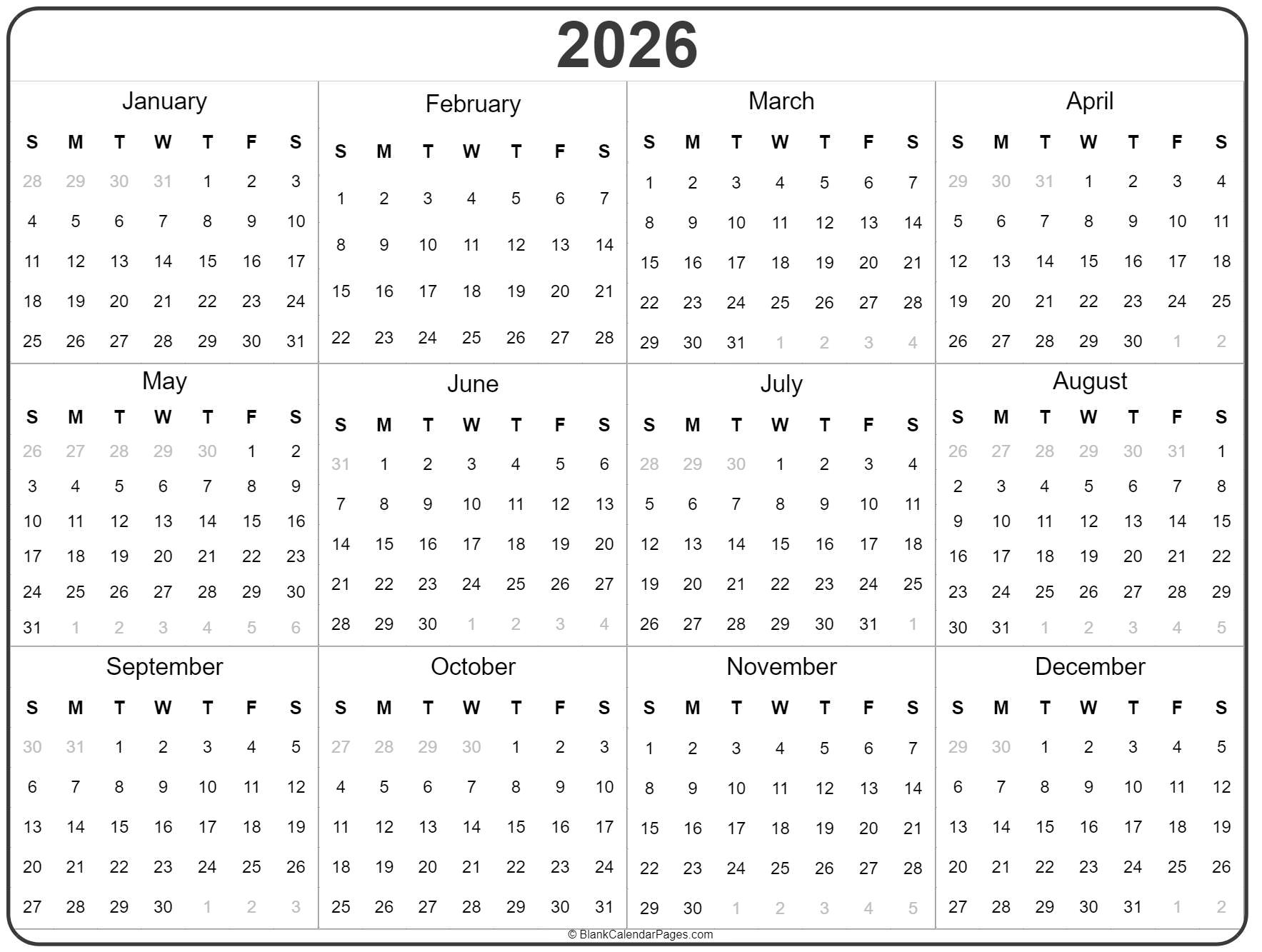

The year 2026 is rapidly approaching, and with it comes a new year, a new calendar, and a fresh opportunity to plan, organize, and achieve goals. While the digital age has brought convenience and accessibility to our schedules, the tactile experience of a printed calendar remains a powerful tool for managing time, tracking appointments, and fostering a sense of purpose. This comprehensive guide explores the significance of a 2026 printed calendar, its benefits, and how to effectively utilize it.
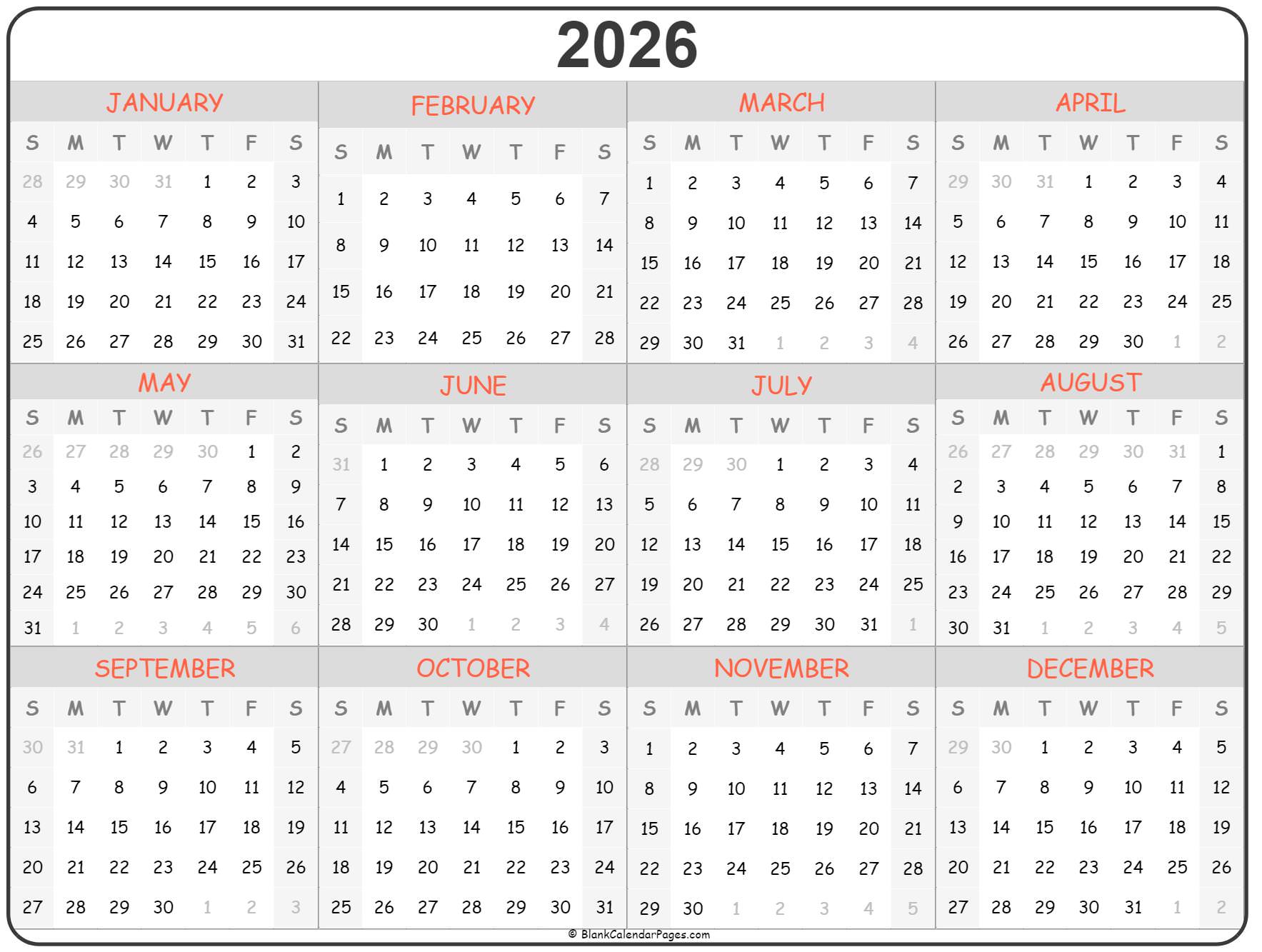
In a world dominated by digital devices, the printed calendar might seem like a relic of the past. However, its enduring value lies in its tangible nature and its ability to enhance focus and productivity.
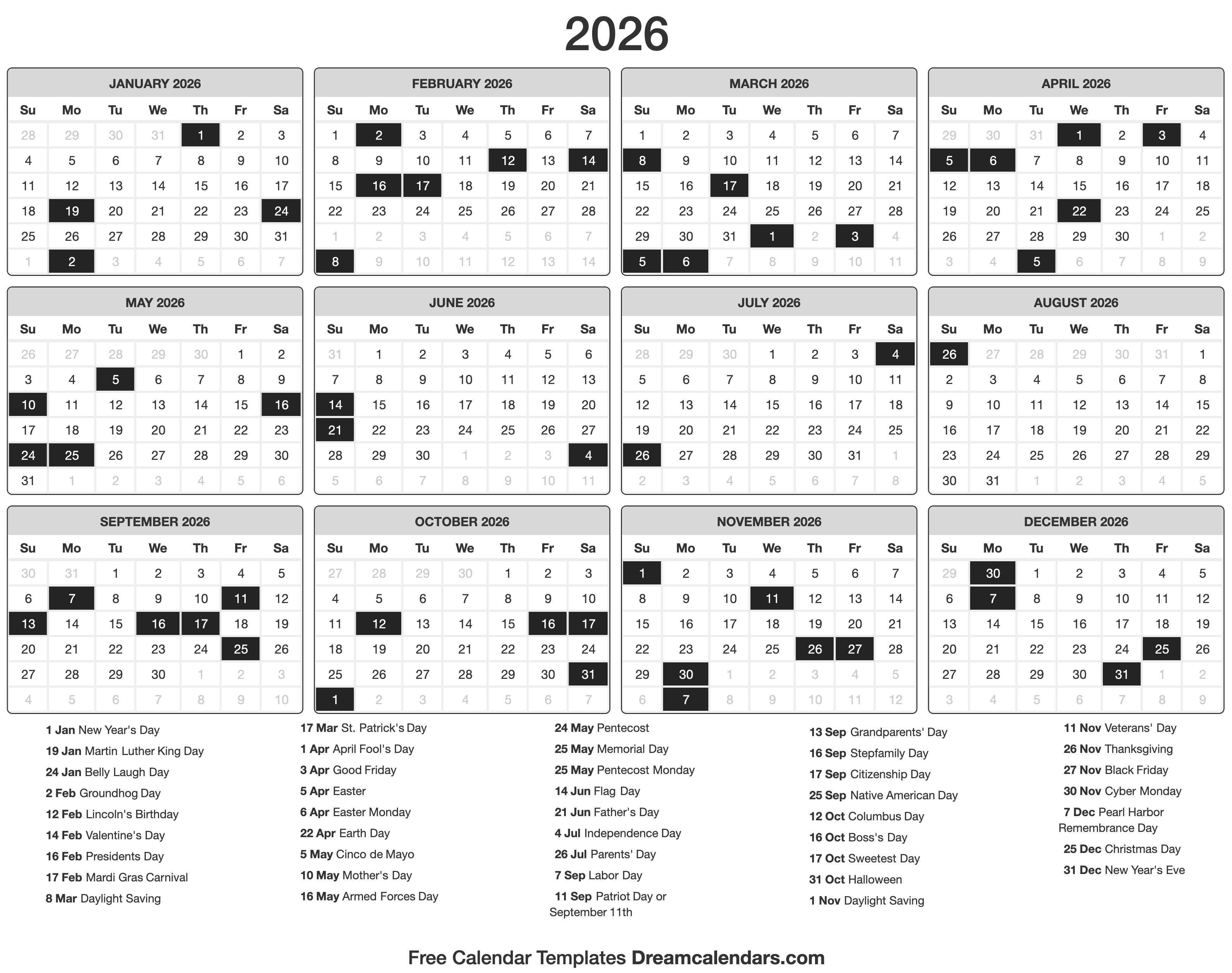
Beyond its inherent value, a 2026 printed calendar offers numerous benefits for individuals and organizations alike.
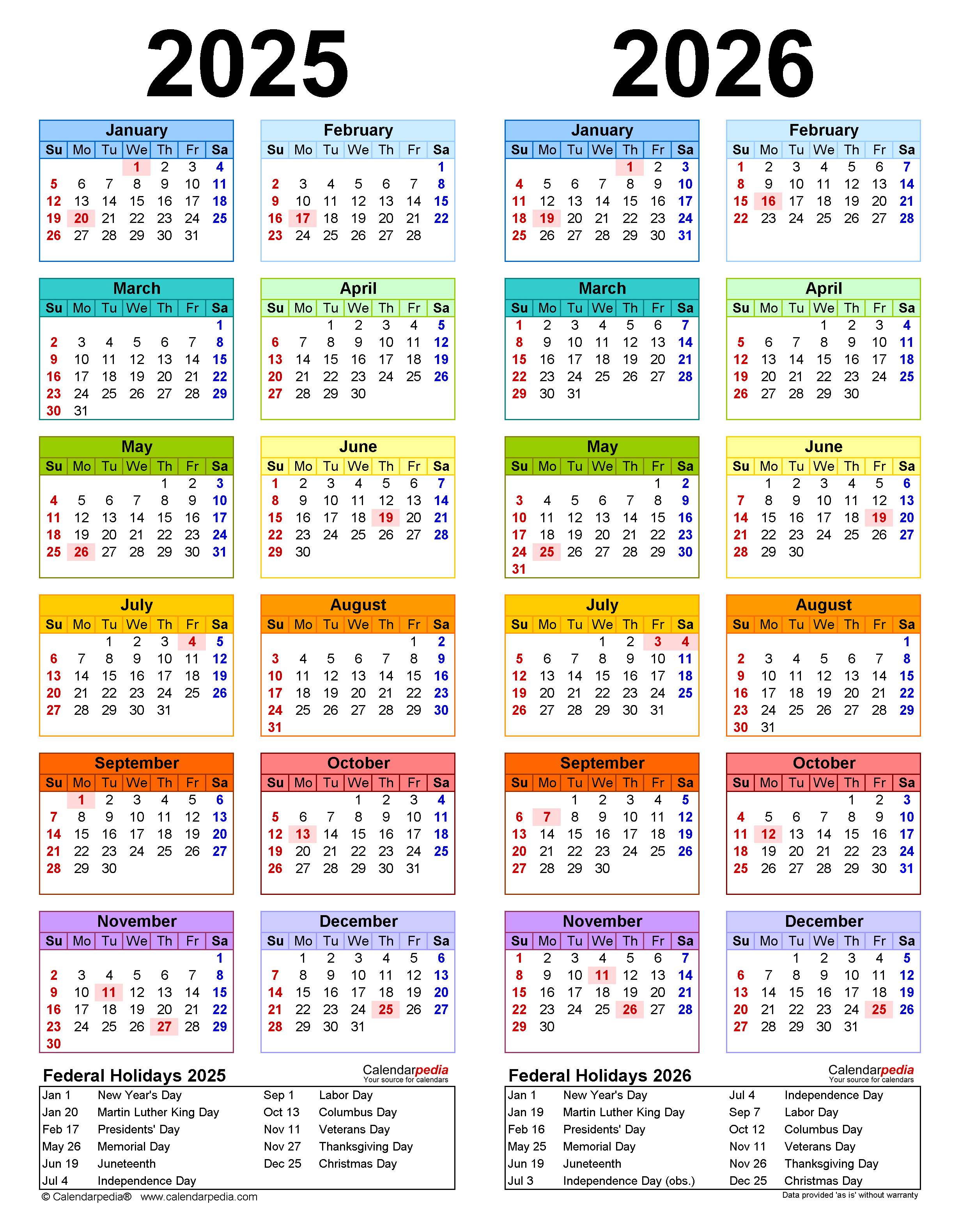
A: When selecting a calendar, consider factors like size, format (monthly, weekly, or daily), layout, design, and the inclusion of additional features such as note sections or holiday listings. Choose a calendar that best suits your needs and preferences.

A: Use different colored pens or markers to categorize appointments, tasks, and events. Dedicate specific sections or pages for personal goals, project planning, or important deadlines. Regularly review and update your calendar to ensure accuracy and stay organized.
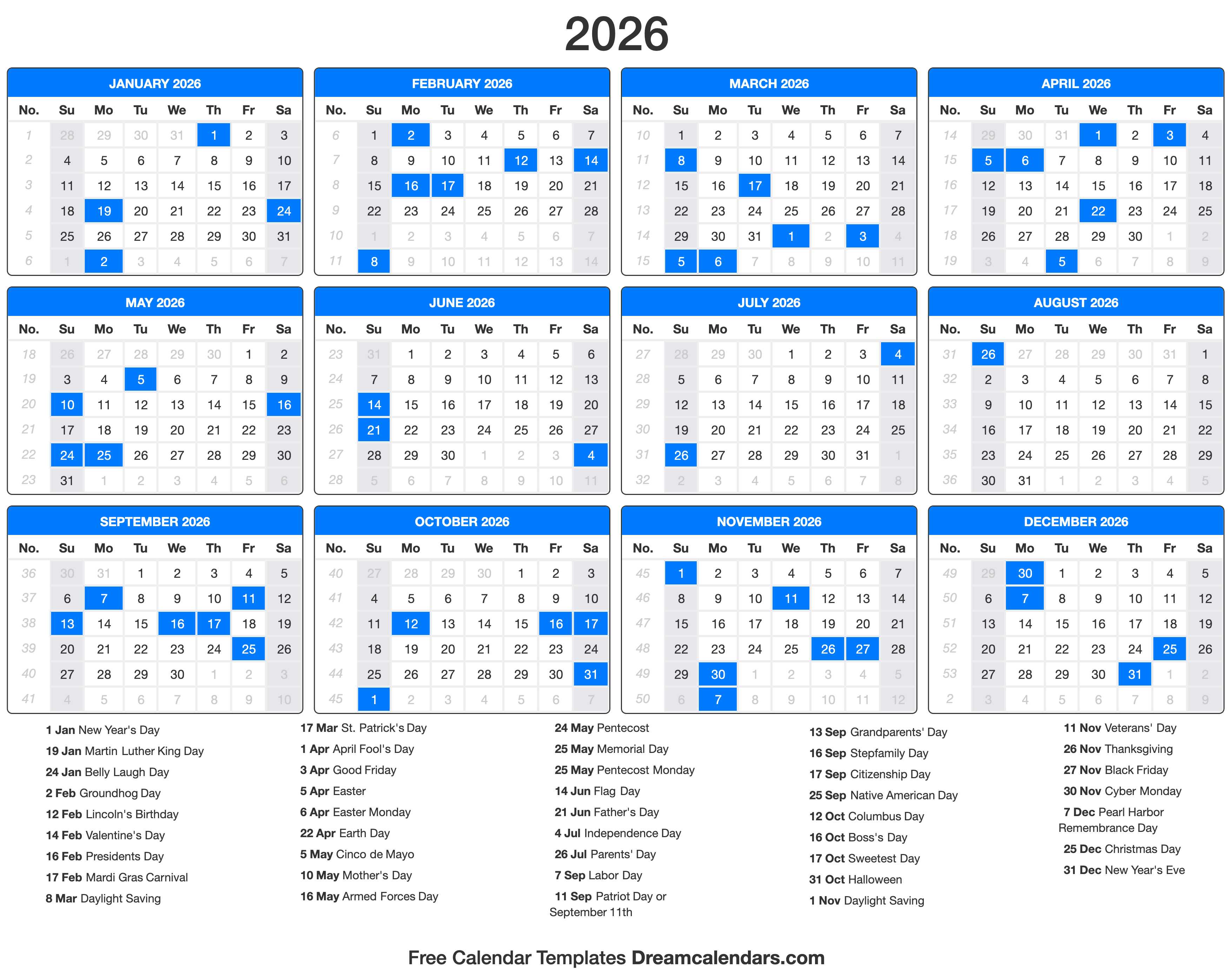
Q: Are there any specific benefits of using a printed calendar for specific professions or industries?
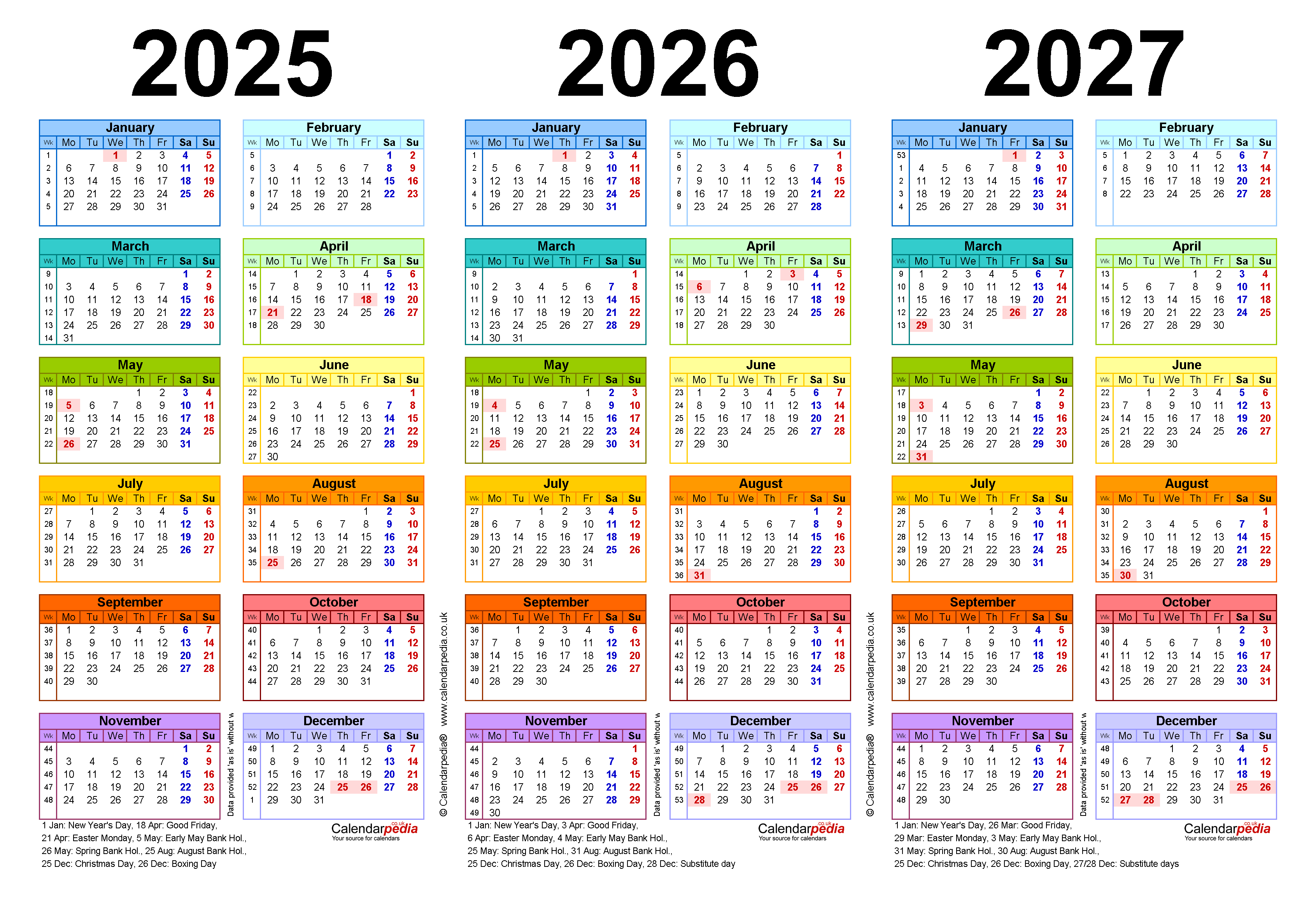
A: For professionals in fields requiring precise scheduling and coordination, such as healthcare, education, or project management, a printed calendar can be invaluable. It provides a tangible record of appointments, deadlines, and important events, ensuring smooth operations and minimizing scheduling conflicts.
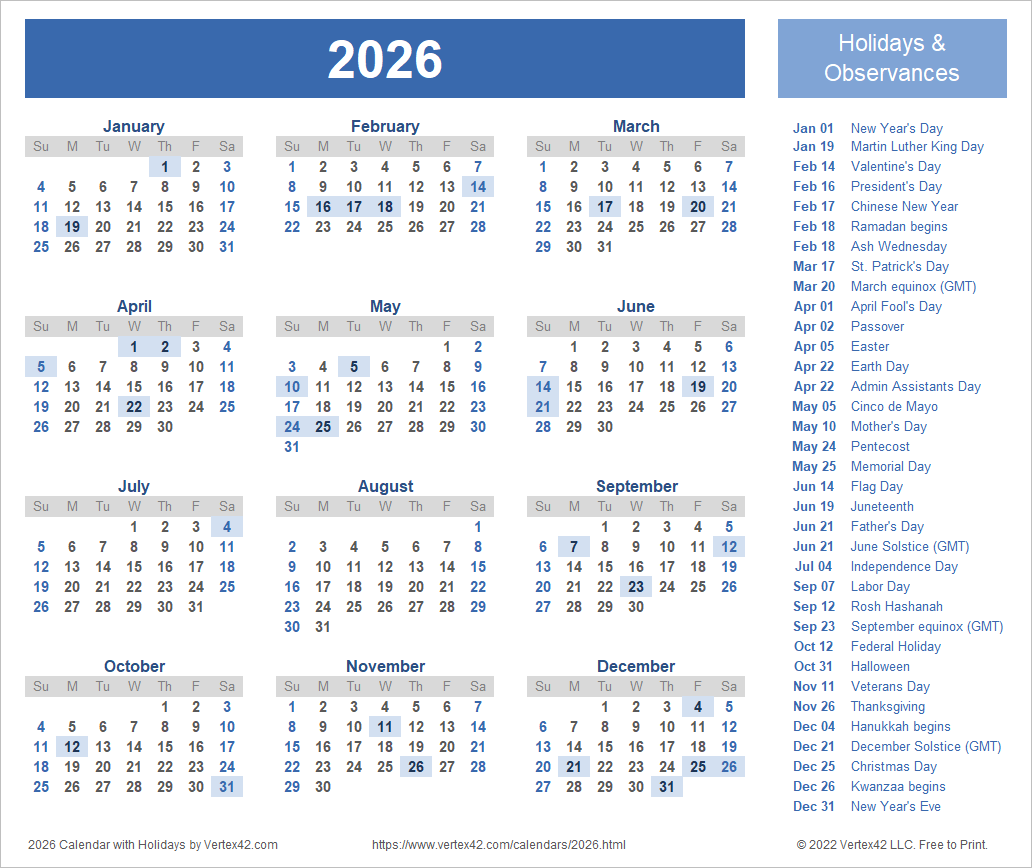
In a world increasingly reliant on digital technology, the printed calendar remains a valuable tool for managing time, fostering organization, and enhancing productivity. Its tangible nature, visual clarity, and ability to promote focus and accountability make it an enduring resource for individuals and organizations alike. By embracing the power of a 2026 printed calendar, we can navigate the year ahead with greater purpose, efficiency, and a sense of control over our time.
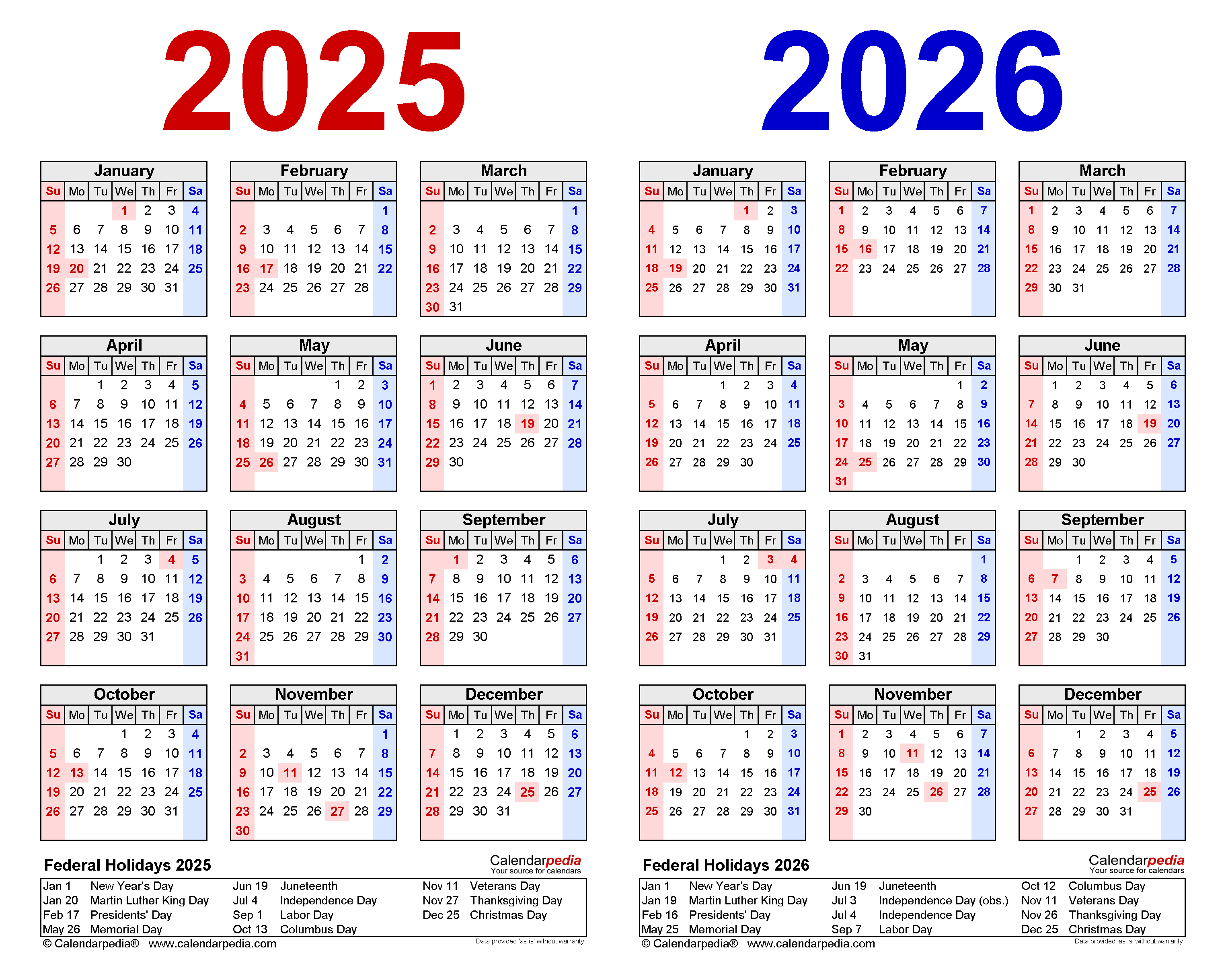








Thus, we hope this article has provided valuable insights into Navigating the Future: A Guide to the 2026 Calendar. We appreciate your attention to our article. See you in our next article!
Your email address will not be published.